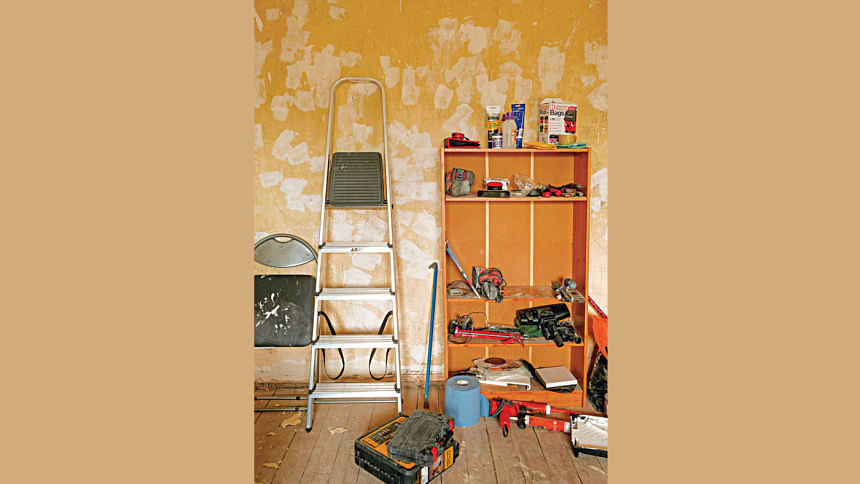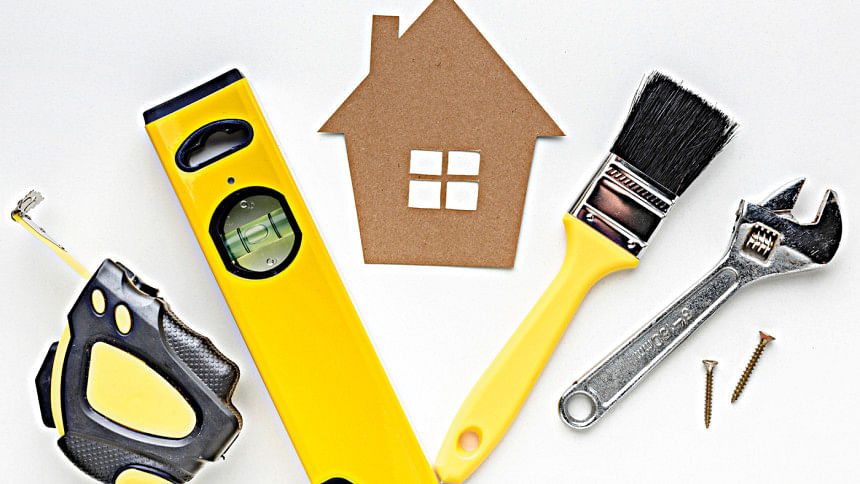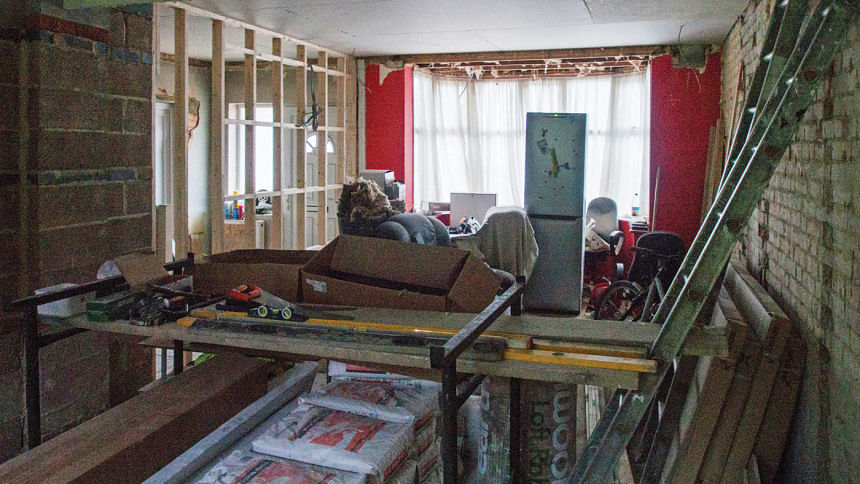A seasonal guide to property maintenance

The country's climate oscillates between scorching summer temperatures, torrential monsoon rains and relatively mild winters, each phase presenting distinct challenges. Without careful planning and timely intervention, even well-established properties can suffer from accelerated wear, diminished value and compromised habitability.
By examining maintenance tactics tailored to land parcels, entire buildings and individual apartments, stakeholders can adopt a preventative stance that safeguards structural integrity, enhances safety and ensures sustained comfort for all occupants.

Taking care of apartments
For apartments, maintenance assumes a more focused, interior-oriented dimension. In the run-up to the summer, air conditioning units demand thorough servicing: dust-laden coils and clogged filters are common causes of reduced cooling efficiency and increased electricity consumption. Adequate functioning of condensate drains is equally important, as blockages can lead to water overflow and subsequent damage to ceilings and walls.
Once the monsoon begins, apartments become susceptible to elevated humidity, which fosters mould and mildew growth on ceilings, walls and even on wooden furniture. Tenants should be encouraged to inspect window seals and door frames, rectifying any leaks that allow rainwater to seep in. Maintaining cross-ventilation by opening windows timely during dry intervals helps to regulate indoor humidity levels. As a result, fungal proliferation is halted.
As winter descends, apartments benefit from attention to heating appliances such as space heaters in particular must be checked for intact wiring and stable placement to avert fire hazards. Sealing gaps around windows and exterior walls not only preserves warmth but also reduces energy consumption.
The decision to repaint an apartment comes with the need to enhance aesthetic appeal, provide protection from weathering, and can influence the mood and atmosphere inside. Given the relatively high cost of painting, such work can be undertaken when there is a clear need such as visible wear and tear or the emergence of rust on metal frames, particularly around windows.
Pest control measures should also be carefully scheduled. During seasonal transitions, insects and rodents often seek refuge indoors. If you are not experienced in dealing with these situations, calling certified pest control services to treat kitchens, bathrooms and storage areas can be helpful to fight against infestations.

Land management
In the context of land management, particularly when overseeing undeveloped plots or agricultural tracts, attention to drainage and soil health is paramount. When the monsoon arrives, unregulated rainfall can lead to waterlogging, which not only diminishes soil fertility but also creates breeding grounds for mosquitoes and other vectors. To mitigate this, landowners should inspect existing drainage channels before the rains set in, clearing any debris that might obstruct water flow.
In areas prone to termite activity, which thrives in damp conditions, early detection is vital. Subterranean termites can compromise both the land's utility and nearby wooden structures. After the monsoon season concludes, efforts should centre on debris removal such as fallen branches, accumulated silt and plant detritus followed by soil rehabilitation through aeration or the addition of organic matter which prepares the land for the dry months.

An entire building
When maintaining an entire building, the challenges extend beyond the plot itself to encompass roofs, walls, electrical systems and communal areas. While the maintenance is closely related to the measures taken in apartments, there are a few exceptions.
The factor of repainting apartments also applies when repainting common spaces, and stair cases of the building. However, exterior coatings shield the structure from sun, rain and other environmental factors.
Gutters and downpipes, often neglected, must be cleared of debris, leaves, plastic bags and sediment. Obstruction at this stage frequently results in water spilling over and entering walls, leading to damp patches and potential mould growth.
As electrical conductors and junction boxes are vulnerable to moisture, an evaluation of external wiring is necessary once in a while to forestall short circuits. In case of centralised systems, inspecting electric devices like ACs is a must for the safety of the whole structure from short circuits.
In multi-storey buildings, communal areas such as stairwells, lobbies and corridors require regular attention for wear and tear - handrails, flooring tiles and lighting often need attention to ensure resident safety. Moreover, fire safety equipment like fire extinguishers, smoke detectors and emergency lighting must be serviced periodically, irrespective of season, to ensure immediate functionality in case of an emergency.
Proactive maintenance can mean the difference between flourishing properties and costly repairs. By understanding the challenges each season brings - whether it is to an open land, an entire building or a single flat - owners can prevent major disruptions, protect their investment and ensure good quality of life for the people living in them.

 For all latest news, follow The Daily Star's Google News channel.
For all latest news, follow The Daily Star's Google News channel. 



Comments